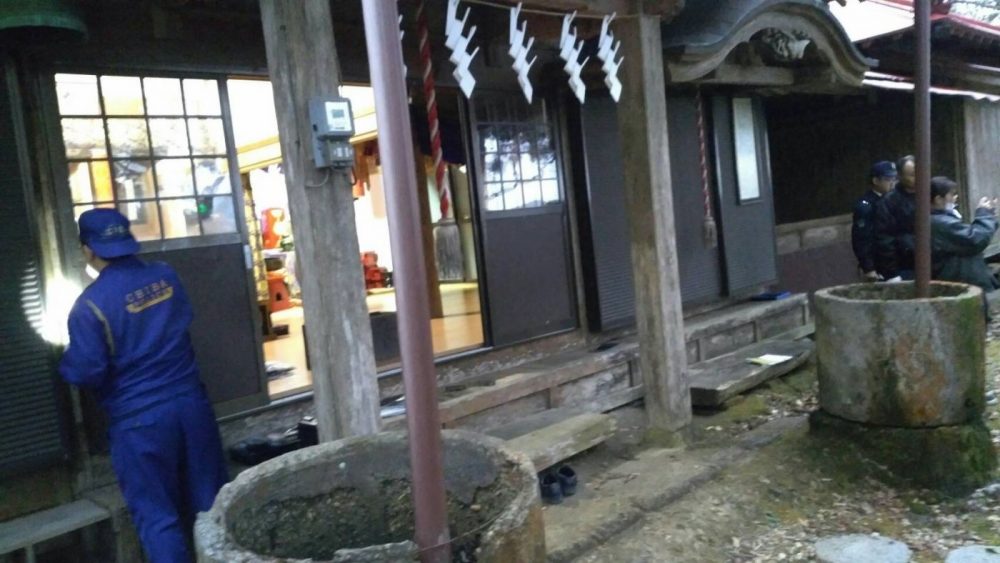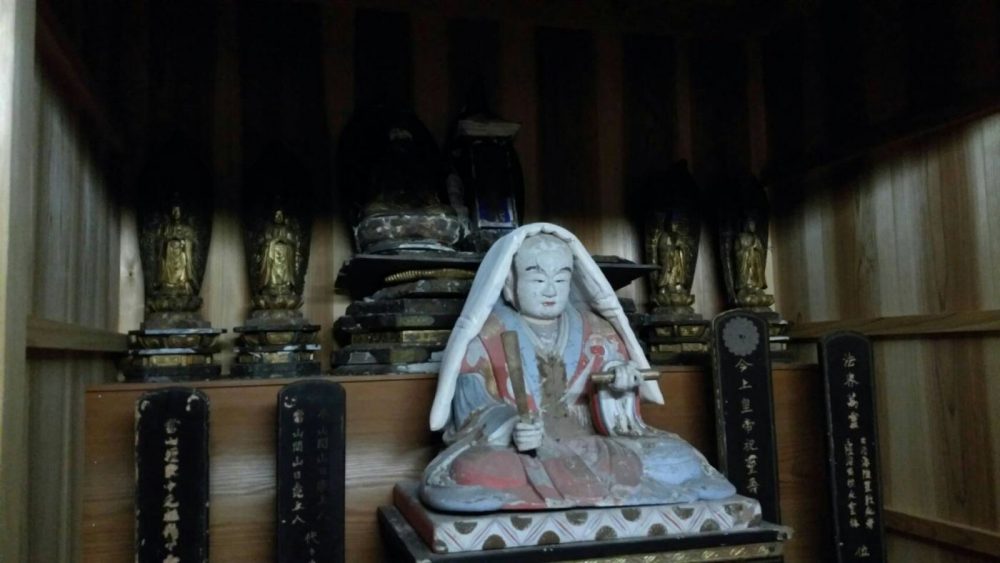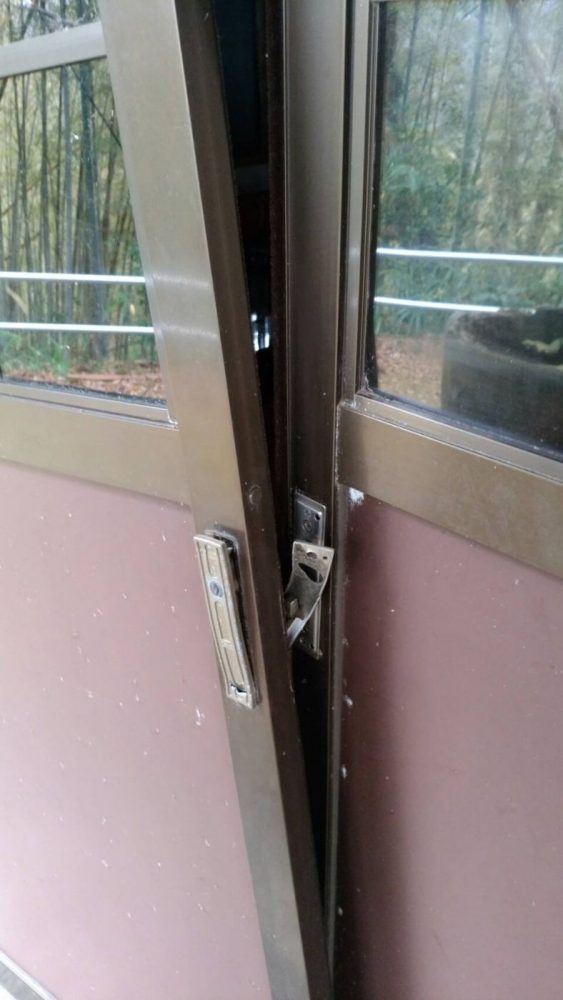October 3, 2022
Stolen Buddhas
The day after Christmas 2019, a Nichiren Shu priest noticed a broken temple door. Inside the hall, one of the Buddhist altar statues, Many Treasures Buddha, was missing. The temple is deep in the hills of the Boso Peninsula, accessed by a single narrow private road with a locked chain at the entrance. “Only the locals know about the temple,” said the caretaker priest, who tends the temple and the small community of 20 temple families on a part-time basis in addition to his family temple in Tokyo’s Edogawa Ward.
He called the local police, and they duly recorded the crime scene and started an investigation. However, to date (July 2022) they have yet to find any trace of the statue or any leads at all. It’s a difficult job, searching for an object with only a written description to go by as there was no picture or detailed measurements of the missing statue.
An isolated temple in a remote rural area, with no resident priest, with no regular visitors, and only the most basic of door locks protecting the contents… these are the perfect conditions for the theft of Buddhist statues and other temple treasures according to Tomoyuki Okochi, associate professor of Cultural Property Studies at Nara University.
The most important thing to remember is that an antique Buddhist statue is like leaving a diamond in the open. A diamond that can be exchanged for money.
Professor Okochi outlined the challenges of protecting the cultural property of temples without resident priests, especially in isolated areas with shrinking populations. The biggest problem is the time it takes for a theft to be discovered and reported to the police. In remote rural areas, it may be days, or even weeks, before a caretaker visits a temple or shrine for cleaning and discovers the theft. After the police are called, there is the challenge of collecting evidence, the most important being what the object looks like. There is very little that the police can do when they don’t have pictures and measurements of a missing statue. Unfortunately, this is often the case.
In 2008, local papers in Shizuoka reported a rash of 18 thefts in remote rural temples and shrines in the upper Oi River Valley. There were more. Professor Okochi explains, “Prefectural police are poorly integrated when it comes to dealing with cultural theft. In that particular case, there were similar thefts in neighboring prefectures, but there were no coordinated efforts to find the thieves.” There was a similar but much larger string of temple statue thefts in Wakayama prefecture in 2015, involv- ing a total of 60 statues. Fortunately, the thief was caught, and some of the treasures were returned.

Some of the returned statues stolen from temples and shrines in Wakayama 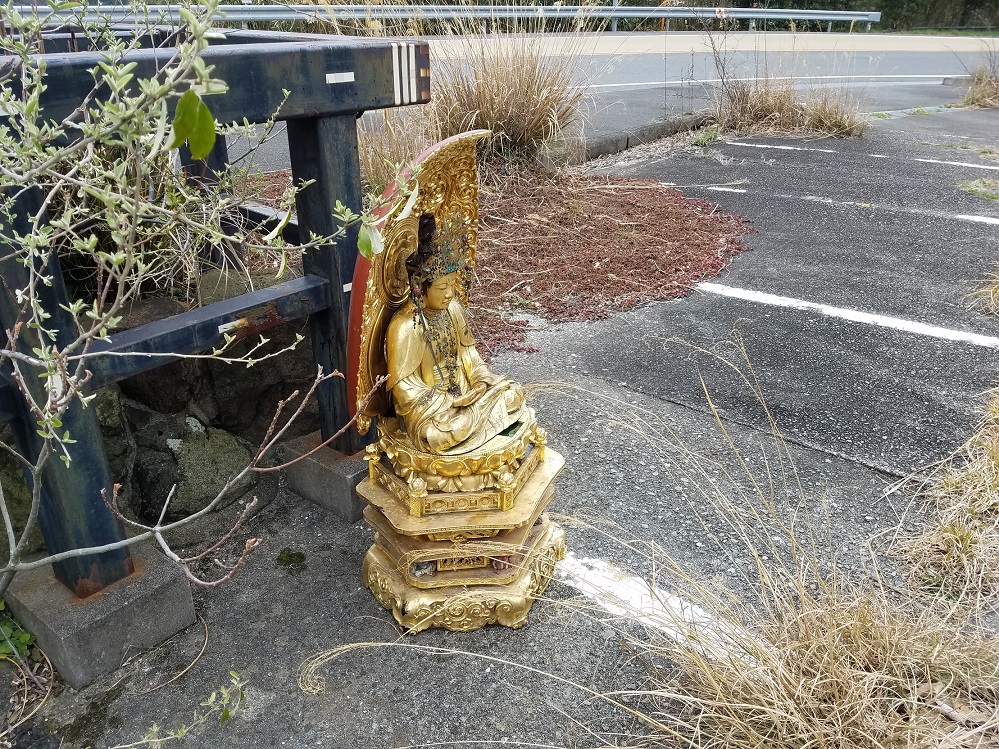
A stolen statue abandoned unprotected and exposed to the elements
Because of these events Professor Okochi works tirelessly with local communities in Wakayama promoting simple security measures to protect sacred objects. He explains:
Temple and shrine treasures represent the cultural history of these local communities. Theft not only robs the temple of a statue, it also robs communities of their history and identity.
The lack of coordination and sharing of information on a national level is a big problem. The Agency for Cultural Affairs made a small step in 2018 by setting up a website that lists stolen religious items, but there is a long way to go.
Professor Okochi’s program is a simple one: the cataloging of cultural assets by photographing and measuring them, and setting up surveillance cameras in unattended temples. For important cultural objects that are hard to protect in open temples, he promotes creating accurate replicas using 3D printing technology for altar placement while keeping the originals in a safe place.
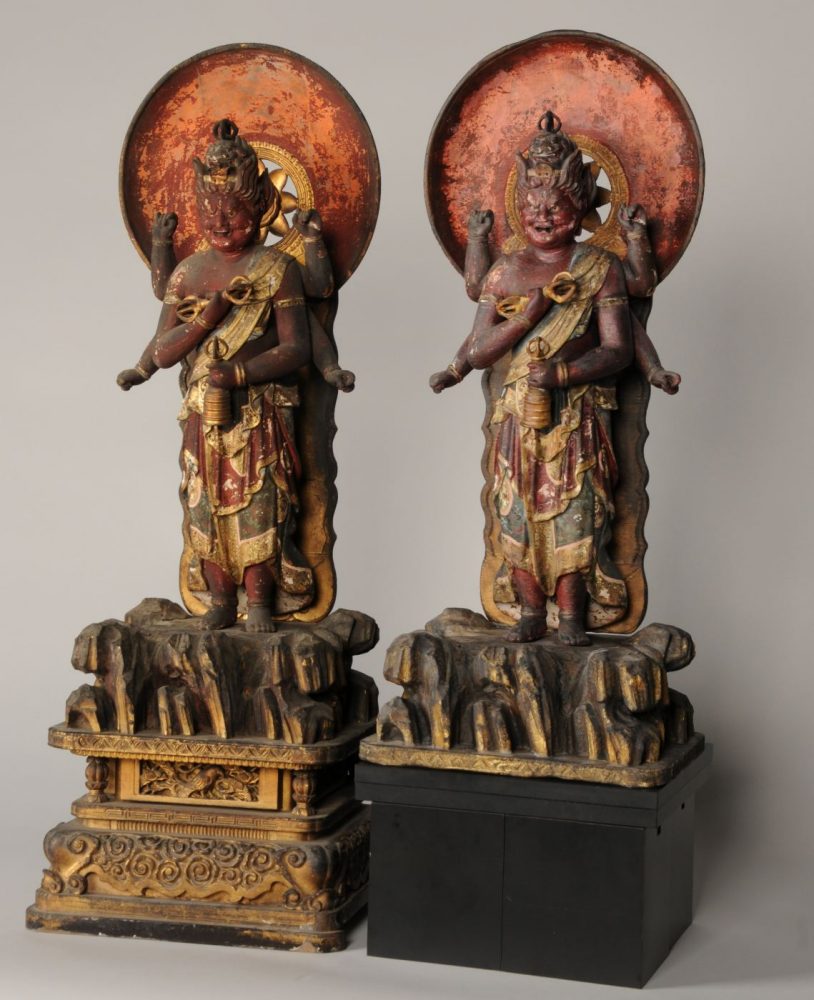
The real statue and a 3D printer relica 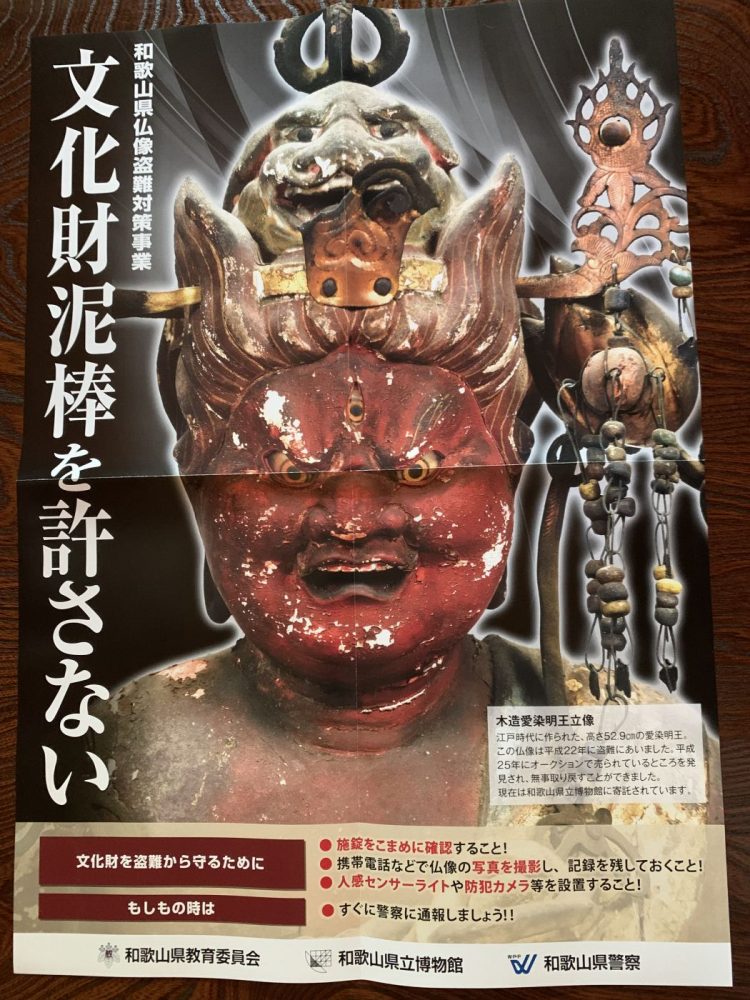
Wakayama prefecture produced poster to promote protection of important cultural properties
But why is this happening now, and why the relatively sudden increase? Professor Okochi thinks it is due to the rise of internet auction sites like Yahoo Auction, “The internet makes it easy for anyone to steal and profit….Basically, you have a two year statute of limitations under the law, the antique goods sales law of 1949,” he explained.
“If an item is returned in the first year, the owner does not have to pay anything when recovering a stolen item from a dealer. In the second year, the owner pays some costs to cover dealer losses. After that, the only choice is buying it back or taking the dealer to court, which can take years and be quite costly. In a court trial, dealers let themselves off the legal hook saying, ‘I didn’t know it was stolen.’”
Even during the first year, it’s some-times faster to simply purchase the item. Indeed, a recent high profile case was solved when the stolen statue was offered for sale on Yahoo Auction. It was quickly recognized and removed. Rev. Daiun Miki of Ryuhonji Temple in Kyoto explained the chain of events.

“The person who did it knew the area and planned it. The hall where the statue was enshrined was the only building in the temple compound without a surveillance camera, he also knew what time the gate was opened and when nobody would be around. He seems to have kept it for a while, then he sold it to a local dealer who had it professionally cleaned. The local dealer in Kyoto then sold it to a dealer in Oita Prefecture in Kyushu, who then put it for sale on Yahoo Auction. Thank goodness we had given pictures of the statue to the police. If it wasn’t for that, the police couldn’t really do much.” Rev. Miki said the Kyoto Prefecture police were very helpful and have a section well versed in investigating stolen antiques. The statue is now back in its rightful place with a security camera guarding the entrance.
Professor Okochi continues to work with the police, communities, temples, and shrines to protect and preserve local religious cultural history for future gene- rations. “Priests and temple members should never feel embarrassed or like it’s some kind of divine punishment when a statue is stolen. It’s all about money, so protect it like you protect your money. It’s that simple.”
